How to Grow a Mango Tree from Seed
- October 2, 2024
- 0 comment
Mango tree, with their fragrant blossoms and luscious fruit, are cherished around the world for both their beauty and their delicious produce. Growing a mango tree from seed is an immensely rewarding experience, whether you’re hoping to grow a full-fledged fruit tree or simply enjoy the challenge of nurturing a tropical plant from its earliest stages.
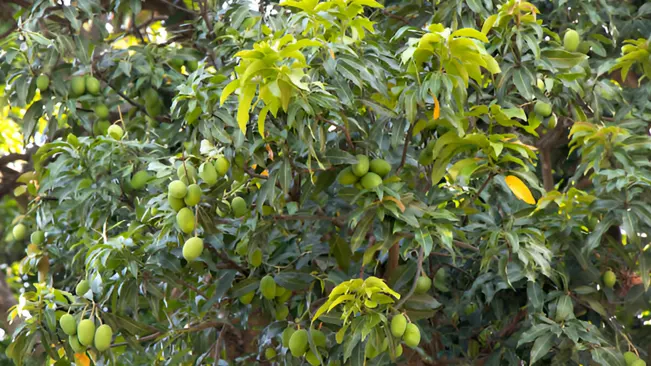
This guide will walk you through everything you need to know, from extracting the seed to planting, caring for, and nurturing your mango tree into a thriving, fruitful tree.
List of Table Content
- Understanding Mango Trees and Their Seeds
- Selecting and Preparing the Mango Seed
- Germinating the Mango Seed
- Planting the Seed
- Caring for Your Mango Tree
- Transplanting Your Mango Tree
- Common Problems and Pests
- When to Expect Mango Fruit
Understanding Mango Trees and Their Seeds
Mango trees belong to the genus Mangifera and are native to South Asia, particularly India and Myanmar. These tropical trees thrive in warm climates and can grow up to 100 feet tall in the wild, although domesticated mango trees are typically much smaller.
The seeds of mangoes are found inside a tough, fibrous husk located in the center of the fruit. When attempting to grow a mango tree from seed, it’s crucial to begin with a ripe, healthy mango. The seed within this husk has the potential to grow into a full-fledged tree, but it needs to be properly prepared and planted.
Selecting and Preparing the Mango Seed
Choosing the Right Mango
Before you can plant a mango seed, it’s important to select the right type of mango. While there are many varieties of mangoes, choose one that is known for its flavor and has a good reputation for growing successfully in your area. Some popular mango varieties for growing include:
- Kent: Known for its sweet taste and smooth texture.
- Ataulfo: A smaller mango, often known as honey or champagne mango.
- Haden: One of the original varieties grown in Florida, known for its rich flavor.
Avoid processed or hybrid mangoes if you plan on growing a tree with similar fruit characteristics, as these may not yield the desired results.
Extracting the Seed
Once you have selected a ripe mango, cut it open and enjoy the fruit, but save the pit (the large husk in the center). To extract the seed:
- Clean the Husk: After consuming the fruit, thoroughly wash the husk under water to remove any remaining pulp. A clean seed is essential to prevent mold or bacterial growth.
- Open the Husk: Carefully cut the husk using a sharp knife or scissors. This can be tricky since the husk is tough, but with caution, you can pry it open to reveal the inner seed. Be gentle to avoid damaging the seed itself.
- Remove the Seed: Inside the husk, you’ll find a large, almond-shaped seed. This seed is what you’ll plant, and it may already be showing signs of germination (such as a small root beginning to emerge).
Germinating the Mango Seed
Once the seed is free from its husk, the next step is to germinate it. This step increases your chances of successfully growing a mango tree.
Methods of Germination
There are a few common methods to germinate a mango seed:
- Soil Germination: This is the simplest method, where you plant the seed directly into the soil. Plant the seed about 2-3 inches deep, with the convex side facing up.
- Paper Towel Method: Another popular method involves wrapping the seed in a damp paper towel. Place the wrapped seed inside a plastic bag and leave it in a warm, dark place for about a week. Ensure the towel remains damp but not soaking. You’ll start seeing roots emerge before planting.
- Water Germination: This method is similar to the paper towel method, but the seed is placed in a small container of water, changed daily. After about a week, roots should begin to grow.
Planting the Seed
Once your mango seed has sprouted, it’s time to plant it in soil. Mango trees prefer well-drained, loamy soil that is rich in organic matter. You can buy a good potting mix from your local nursery or garden center, or you can create your own mix by combining equal parts compost, sand, and soil.
Step-by-Step Planting Process:
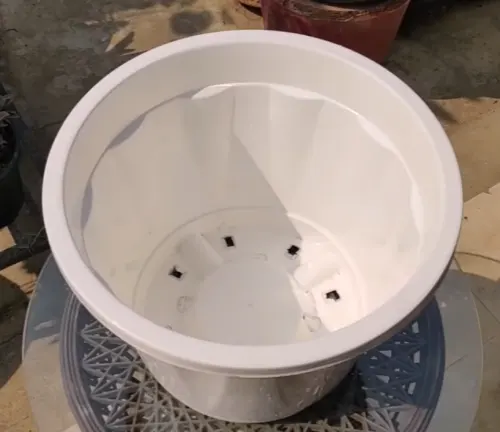
Choose a Pot
Start with a small pot that has adequate drainage holes. As the tree grows, you will need to transplant it into a larger pot or directly into the ground.
Prepare the Soil
Fill the pot with a well-draining, nutrient-rich soil mix, ensuring it has a good balance of organic matter, compost, and sand for optimal growth. Leave about an inch or two of space at the top to allow for proper watering and prevent soil overflow, which helps maintain aeration around the seedling’s roots.
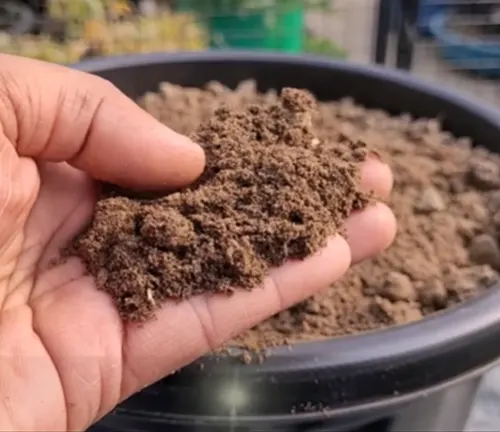
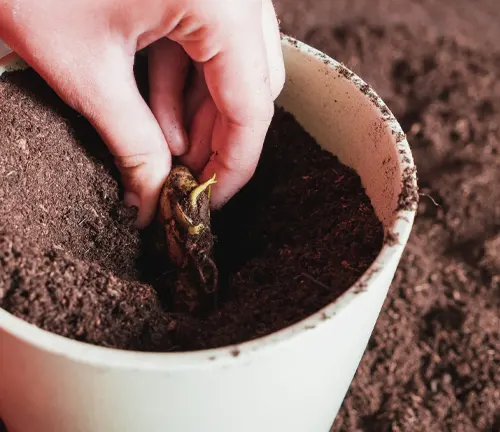
Plant the Seed
Place the germinated seed in the soil with the roots pointing downward and cover it with a thin layer of soil (about 1-2 inches). If the seed hasn’t germinated yet, plant it with the convex side facing upward and the flat side down.
Watering
Water the seed immediately after planting. Ensure the soil is moist but not waterlogged.
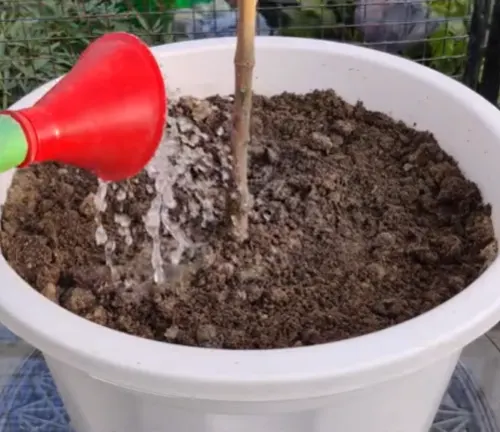
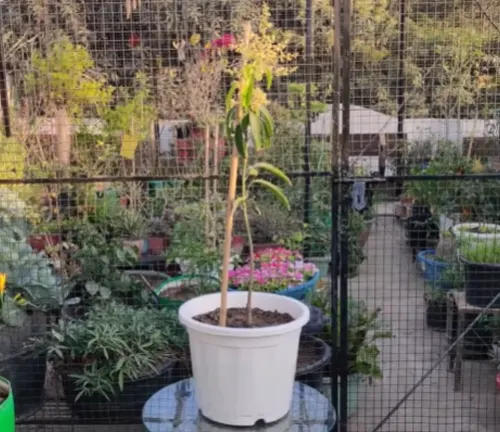
Positioning
Place the pot in a sunny location where it can receive at least 8 hours of sunlight daily. Mango trees love warmth and sunlight.
Caring for Your Mango Tree
The initial months are crucial for the growth of your mango tree. Here’s how to provide the best care:
Watering
Mango trees need regular watering, especially during the first year of growth. However, overwatering can lead to root rot, so always check the soil before watering. Let the top layer of soil dry out between watering sessions. Once the tree becomes established, it becomes more drought-tolerant.


Sunlight
Mango trees require full sunlight for optimal growth. Ensure the tree gets plenty of direct sunlight daily. If you’re growing the tree indoors or in a cooler climate, consider placing it near a sunny window or using grow lights.
Fertilization
Feed your mango tree with a balanced, slow-release fertilizer during its growing season (spring through summer). A fertilizer with a 6-6-6 NPK ratio (nitrogen, phosphorus, and potassium) will help in the early stages. As the tree matures, you can use a fertilizer higher in phosphorus to promote flowering and fruiting.
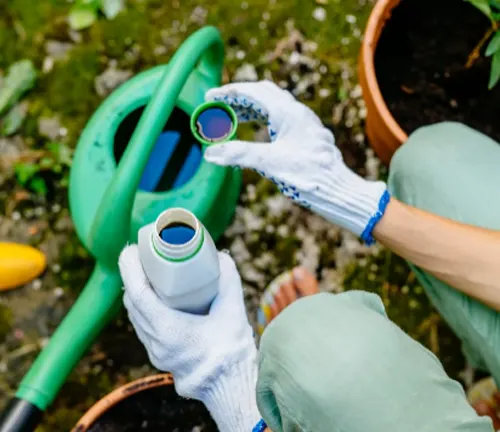
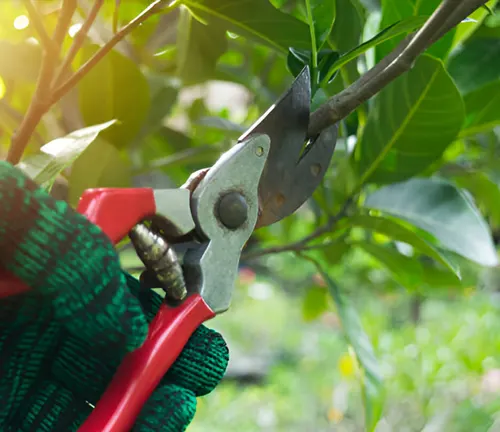
Pruning
Pruning helps to shape the mango tree and promote better fruiting. In the early stages, focus on removing any dead or diseased branches. As the tree grows, you can prune to encourage a strong structure and remove any crossing branches.
Transplanting Your Mango Tree
After your mango tree grows large enough, it will need to be transplanted into a larger pot or directly into the ground (if you live in a suitable climate). The best time for transplanting is in spring or early summer, when the tree is actively growing.
Steps for Transplanting:
- Choose a Sunny Location: If transplanting outdoors, choose a sunny, sheltered spot with well-drained soil.
- Prepare the New Location: Dig a hole that’s at least twice as large as the root ball. Mix some compost or organic matter into the soil to provide nutrients.
- Transplant the Tree: Carefully remove the tree from its pot and place it in the new hole or pot. Backfill with soil and water thoroughly.
- Mulching: Apply a layer of mulch around the base of the tree to help retain moisture and regulate soil temperature.
Common Problems and Pests
Growing a mango tree from seed is generally straightforward, but like any plant, it can be susceptible to pests and diseases. Some common issues include:
- Aphids: These small, sap-sucking insects can weaken your mango tree. Use insecticidal soap or neem oil to treat an aphid infestation.
- Mildew: Powdery mildew can affect young leaves and flowers. To prevent this, ensure your tree has good air circulation and avoid overwatering.
- Anthracnose: This fungal disease can cause black spots on leaves and fruit. Regularly prune your tree and apply fungicides as necessary.
When to Expect Mango Fruit
Growing mangoes from seed requires patience. Most mango trees grown from seed take about 5-8 years to start producing fruit, depending on the variety and growing conditions. However, your hard work will be worth it when you finally enjoy the fruits of your labor.
Signs of Fruiting:
- Flowering: Mango trees typically flower in the spring. The flowers are small, fragrant, and grow in clusters.
- Fruit Development: Once pollinated, small mangoes will begin to form. These will mature over the summer, turning into the delicious, sweet mangoes we love.
Conclusion
Growing a mango tree from seed is a long-term project that requires dedication, care, and patience. However, the joy of nurturing a seed into a towering tree, and the eventual reward of homegrown mangoes, makes it a truly fulfilling experience. With the right steps from selecting and preparing the seed, to planting, caring, and eventually harvesting you’ll be well on your way to enjoying the fruits of your labor. Whether your goal is to cultivate a full-sized tree or simply enjoy the beauty of a tropical plant, learning how to grow a mango tree from seed is a journey worth embarking on.
Frequently Asked Questions (FAQ)
- How long does it take to grow a mango tree from seed?
Growing a mango tree from seed can take several years before it bears fruit. On average, it takes 5 to 8 years for a mango tree to mature and begin producing fruit, depending on the variety and growing conditions. - Can I grow a mango tree indoors?
Yes, mango trees can be grown indoors, especially during the early stages. However, they require plenty of sunlight (at least 8 hours per day), so place them near a sunny window or use grow lights. As they grow, they may need to be moved outdoors or transplanted into larger spaces. - Do mango trees grown from seeds produce fruit?
Yes, mango trees grown from seeds can produce fruit, but it may take several years. Additionally, seed-grown mango trees might not produce fruit identical to the parent fruit, as they can sometimes be genetically different due to cross-pollination. - What is the best time to plant a mango seed?
The best time to plant a mango seed is in spring or early summer, as this is when temperatures are warm, and the tree will have optimal growing conditions to establish itself. - Do I need to dry the mango seed before planting it?
No, drying the seed is not necessary. In fact, planting the seed while it’s still fresh increases the chances of successful germination. The seed should be cleaned and planted or germinated as soon as possible. - How often should I water my mango tree?
In the early stages, mango trees need consistent moisture, but be careful not to overwater them. Let the top layer of soil dry out between watering. As the tree matures, it becomes more drought-tolerant and needs less frequent watering. - Can mango trees survive in cold climates?
Mango trees are tropical and subtropical plants that thrive in warm, frost-free climates. They are sensitive to cold temperatures and can be damaged if exposed to freezing conditions. In colder climates, it’s best to grow them indoors or in greenhouses. - What type of soil is best for growing a mango tree?
Mango trees prefer well-drained, loamy soil rich in organic matter. A soil mixture of compost, sand, and regular garden soil works well. It’s important to avoid waterlogged soils, as mango roots are susceptible to rot. - Do I need to fertilize my mango tree?
Yes, mango trees benefit from regular fertilization, especially during their growing season (spring through summer). Use a balanced fertilizer during the early stages, and as the tree matures, switch to a fertilizer higher in phosphorus to encourage flowering and fruiting. - How big will a mango tree grow?
In the wild, mango trees can grow up to 100 feet tall, but cultivated mango trees are typically much smaller, especially if grown in pots. Regular pruning can help maintain a more manageable size, usually around 10 to 30 feet tall, depending on the variety and care.

Kristine Moore
Forestry AuthorI'm Kristine Moore, a seasoned garden landscaping professional with over 30 years of experience. My extensive career has been dedicated to transforming outdoor spaces into stunning, sustainable landscapes. With a deep understanding of horticulture, design principles, and environmental stewardship, I have become a respected figure in the field, known for creating harmonious, visually appealing, and eco-friendly gardens. My commitment to excellence and continuous learning in landscaping trends and techniques has solidified my reputation as an expert in garden design and implementation.






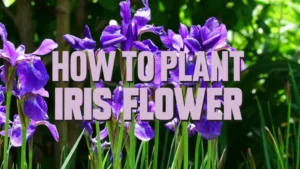

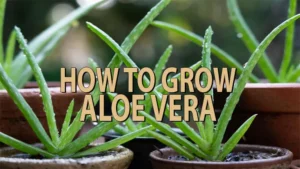

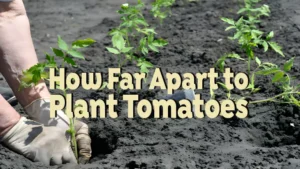

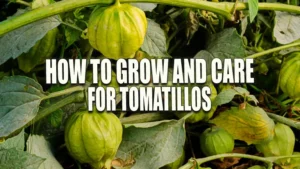
Leave your comment